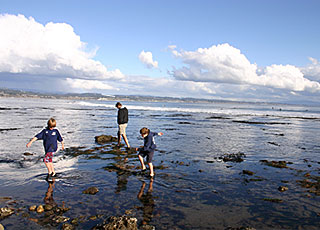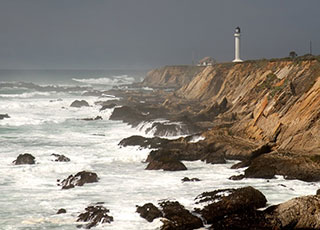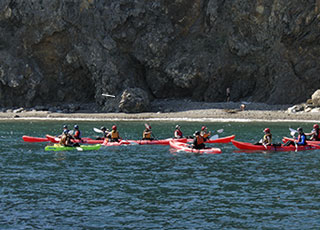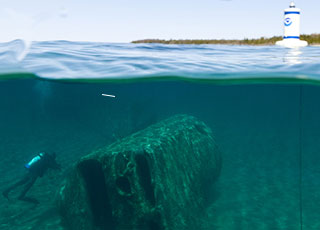
In June 2014, NOAA’s Office of National Marine Sanctuaries published the final rule that reestablished the Sanctuary Nomination Process. The updated process, developed with input from more than 18,000 public comments, allows the American people to nominate nationally significant marine and Great Lakes areas for potential designation as national marine sanctuaries. The final rule addresses growing interest from communities, state and tribal governments, Congress, and nongovernmental organizations. John Podesta, Counselor to the President, announced publication of the final rule at Capitol Hill Oceans Week in June 2014. More information can be found on the Sanctuaries Nomination Process website.

The 170-year-old whaling ship Charles W. Morgan embarked on its 38th voyage in May 2014, departing its home port of Mystic Seaport, Connecticut. The historic vessel returned in August, after spending the summer sailing New England on a mission of whale education and conservation, making stops in Boston, Provincetown, Newport, and other places. In some ports, visitors toured the restored ship and explored the accompanying shore-side attractions, which included a tent staffed by NOAA’s Office of National Marine Sanctuaries, the Sanctuary Advisory Council, and other volunteers. The public learned about local whale populations, whale research, and whale watching in Massachusetts’s Stellwagen Bank National Marine Sanctuary.
From July 11-13, the ship continued its historic 38th voyage with a visit to the Sanctuary. The ship’s three-day journey through the sanctuary was broadcast on OceansLIVE, allowing thousands of viewers to connect to the expedition via exclusive streaming footage. Interviews were broadcast live from the ship’s deck and from the OceansLIVE studio in Provincetown, Massachusetts.

In April 2014, NOAA’s Office of National Marine Sanctuaries announced a proposal to expand the boundaries of California’s Gulf of the Farallones and Cordell Bank National Marine Sanctuaries by a combined 2,775 square miles. The proposed expansion would protect the distinctive marine ecosystems off Marin, Sonoma, and Mendocino Counties to the north and west of current sanctuary boundaries. These areas, including North America’s most intense upwelling site off Point Arena, play a major role in nourishing the sanctuaries’ extremely productive waters, which attract numerous species that travel thousands of miles to feed there. These include endangered blue and humpback whales, sharks, salmon, and seabirds like albatrosses and shearwaters.

NOAA’s Office of National Marine Sanctuaries (ONMS) convened the inaugural meeting of its Sanctuary System Business Advisory Council in January 2014. Established to help ONMS engage its corporate partners, the council took nearly a year to develop and is the first of its kind. The meeting included representatives from TripAdvisor, Royal Caribbean, Johnson Outdoors, Maersk, Hess, Disney, National Geographic, and the Rockefeller Foundation. Council members were introduced to the sanctuary system through a series of presentations and discussions with ONMS staff, which included what they hoped to gain from participating in the council, ways that ONMS could engage corporations as partners, and how the council should operate in the future. The council will explore new ground in building cooperative and productive relationships between national marine sanctuaries and the corporate sector.

As FY 14 drew to a close, NOAA’s Office of National Marine Sanctuaries (ONMS) published new regulations that will expand the boundaries of the Thunder Bay National Marine Sanctuary in Lake Huron nearly tenfold – from 450 square miles to 4,300 square miles – to protect an additional 100 known and suspected shipwreck sites. The new boundaries include waters adjacent to Alcona and Presque Isle Counties in Northeast Michigan and extend to the international border within Lake Huron. The expansion is based on years of research by NOAA and its scientific partners, as well as public input and widespread support from local and regional interests and elected officials. U.S. Senator Carl Levin (D-MI) championed the expansion, citing scientific, cultural, and economic benefits for Alpena and Northeast Michigan. The goal of the expansion is to increase protection of the nation’s maritime heritage, support the economy, promote tourism, and build technology partnerships with the business community, colleges and universities, and others.
 An official website of the United States government.
Here's how you know we're official.
An official website of the United States government.
Here's how you know we're official.



